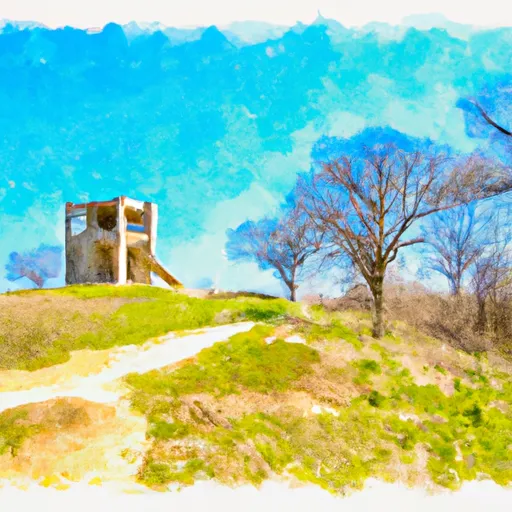°F
°F
mph
Windspeed
%
Humidity











Omaha, Texas, is a small town located in the northeastern part of the state. The climate in Omaha is characterized by hot and humid summers and mild winters. The town experiences a significant amount of rainfall throughout the year, which contributes to the hydrology constituents of the area. With nearby lakes and rivers, outdoor recreation opportunities are abundant in Omaha. Fishing enthusiasts can enjoy catching various species such as bass, catfish, and crappie. Boating and water sports are also popular activities in the area. For those who prefer land-based recreation, Omaha offers hiking and camping opportunities in nearby parks and forests. Overall, Omaha provides a welcoming environment for outdoor enthusiasts to enjoy a variety of recreational activities.
Weather Forecast
Omaha receives approximately 1206mm of rain per year, with humidity levels near 78% and air temperatures averaging around 18°C. Omaha has a plant hardyness factor of 8, meaning plants and agriculture in this region tend to thrive here all year round.
Regional Streamflow Levels
58
Cubic Feet Per Second
1,910
Cubic Feet Per Second
25
Cubic Feet Per Second
26
Cubic Feet Per Second
Nearby Camping
| Camping Area | Reservations | Toilets | Showers |
|---|---|---|---|
| Martin Creek Lake State Park | |||
| Johnson Creek - Lake Of The Pines | |||
| Hochatown State Park | |||
| Cedar Springs - Lake Of The Pines | |||
| Beavers Bend State Park | |||
| Brushy Creek - Lake Of The Pines |



